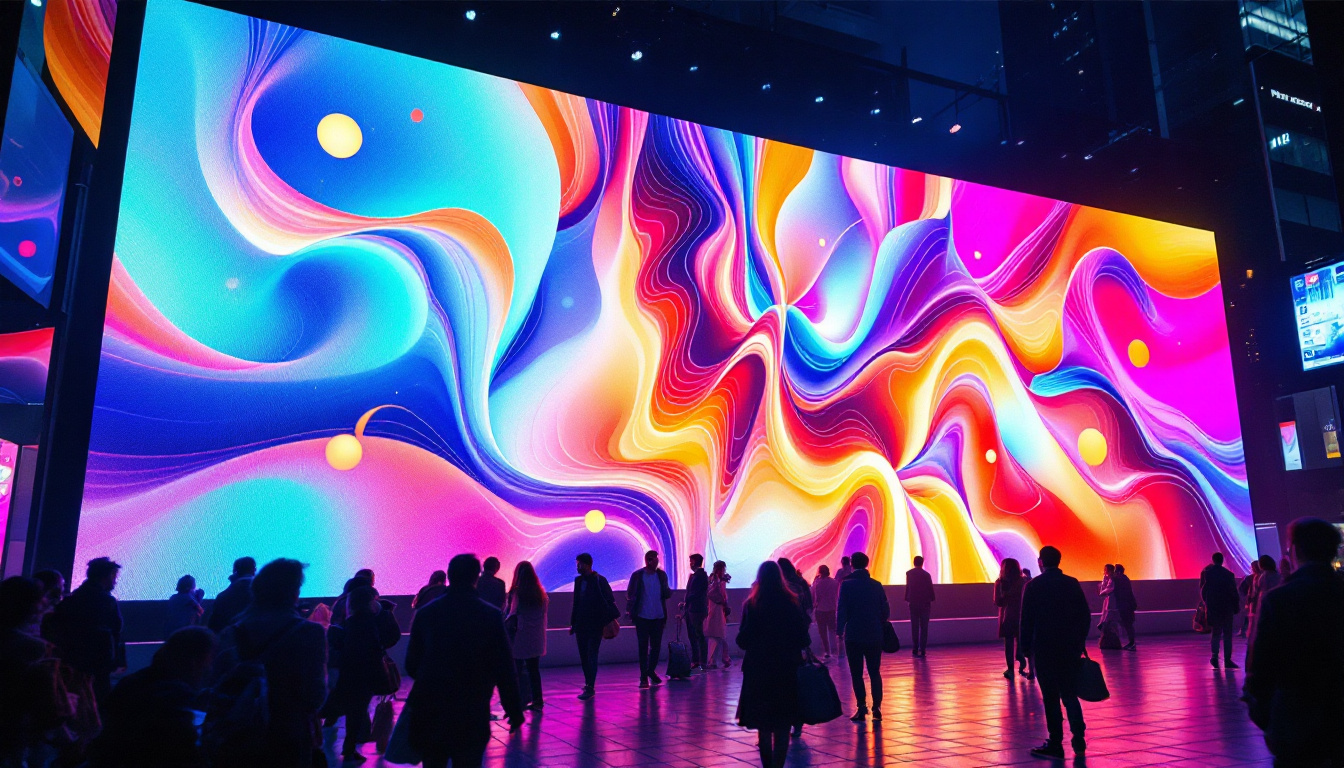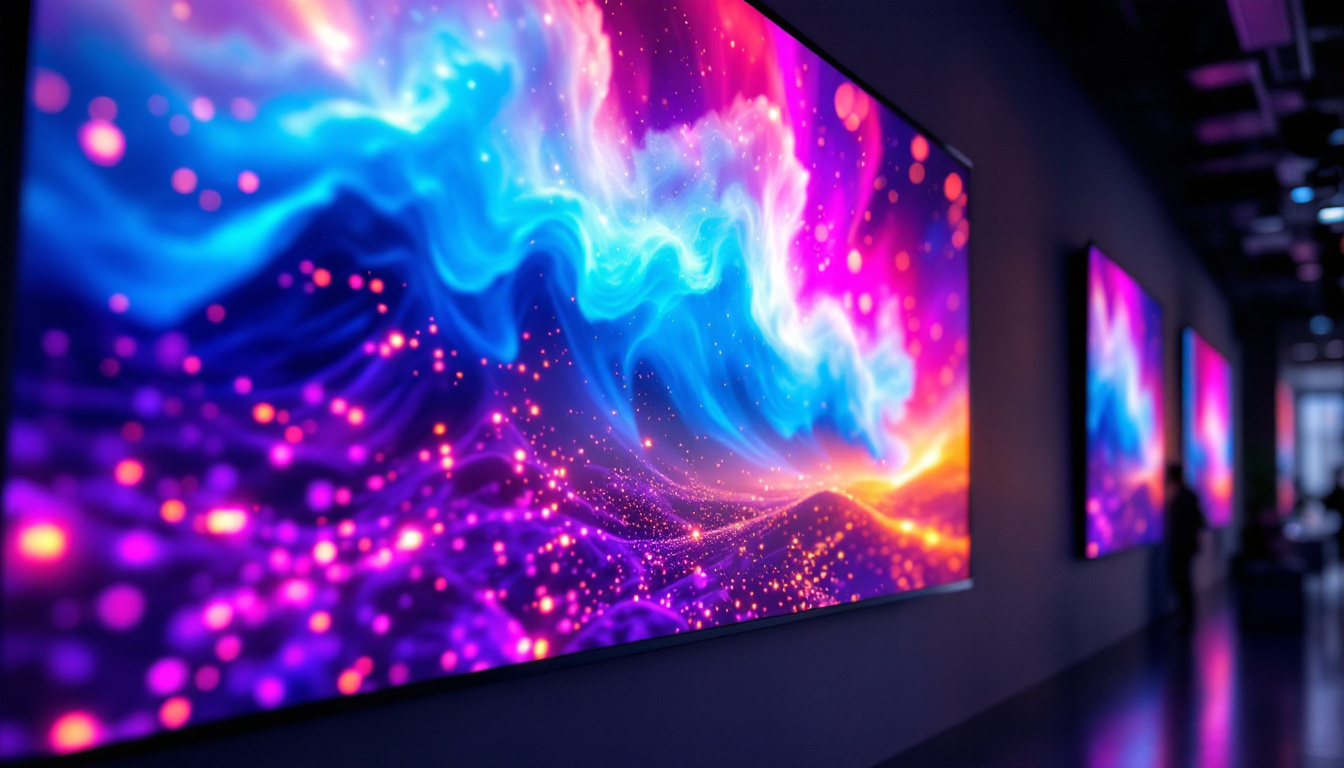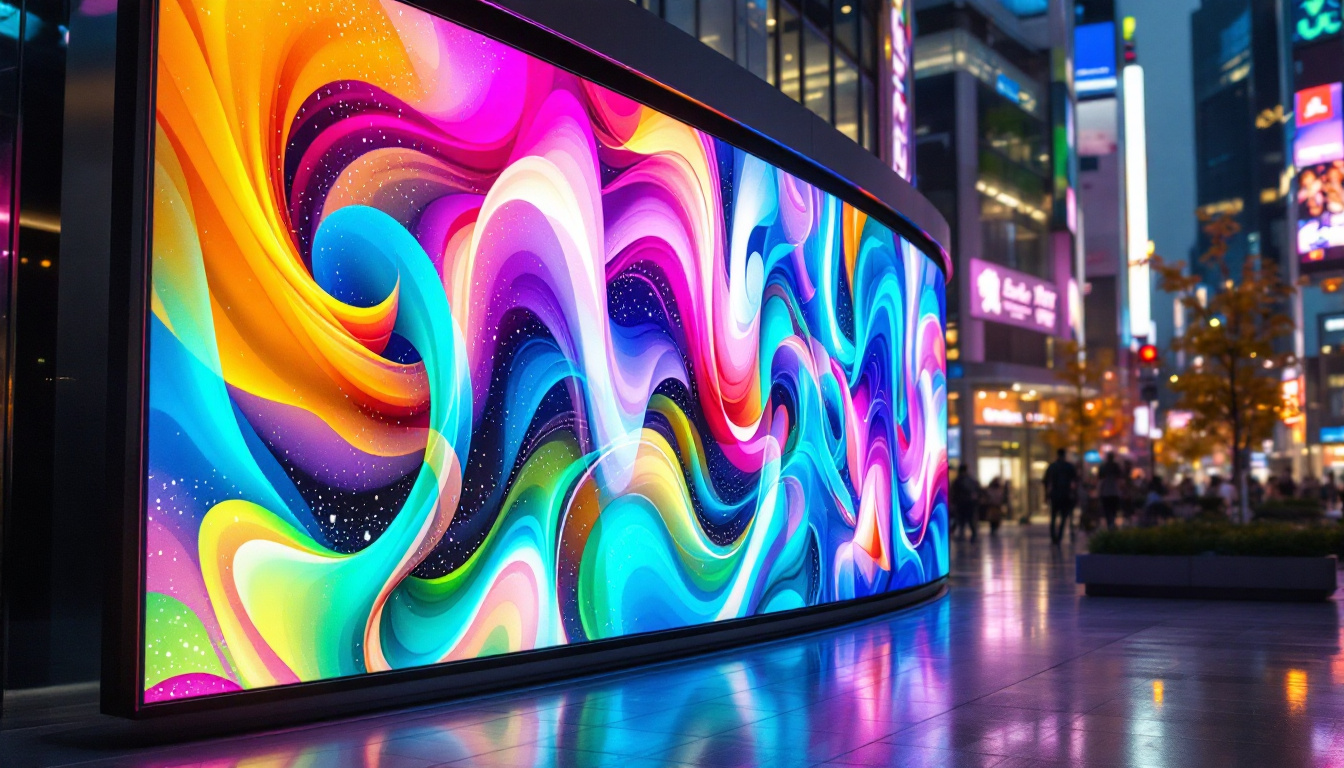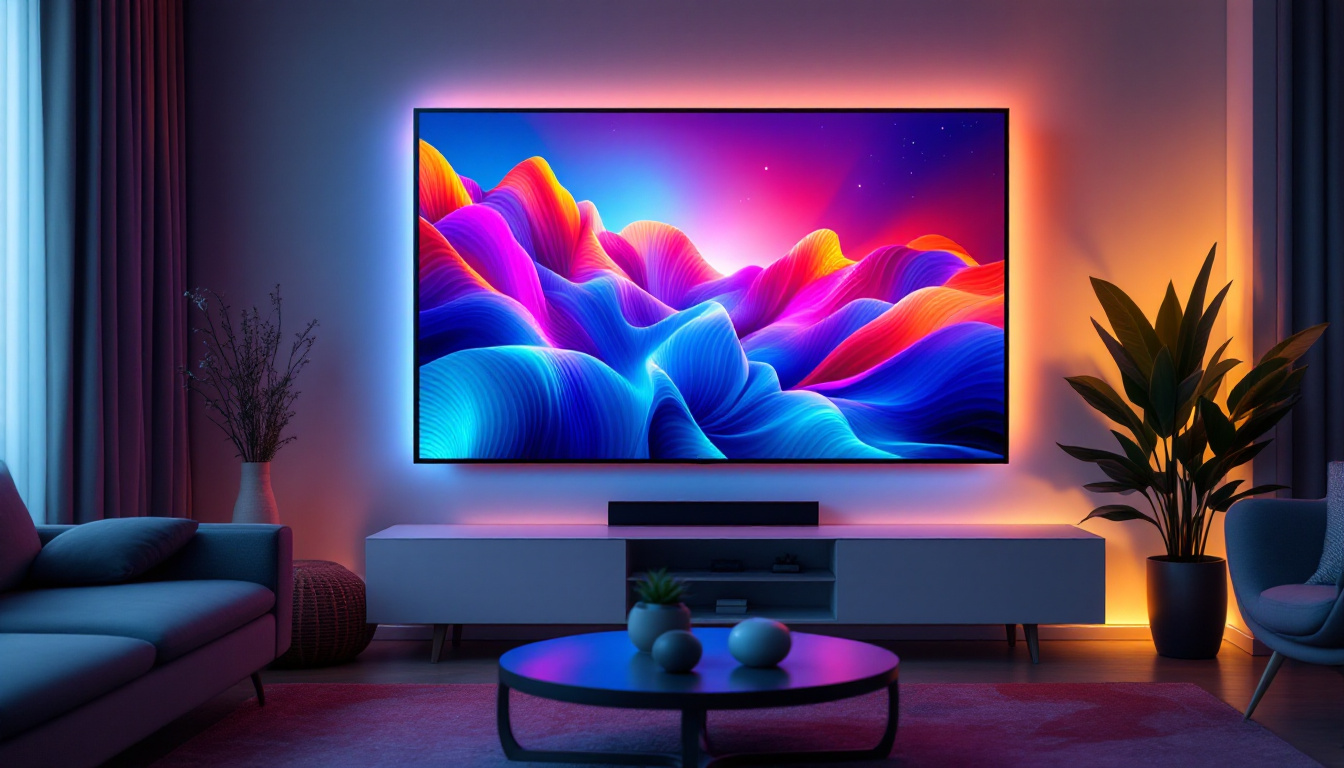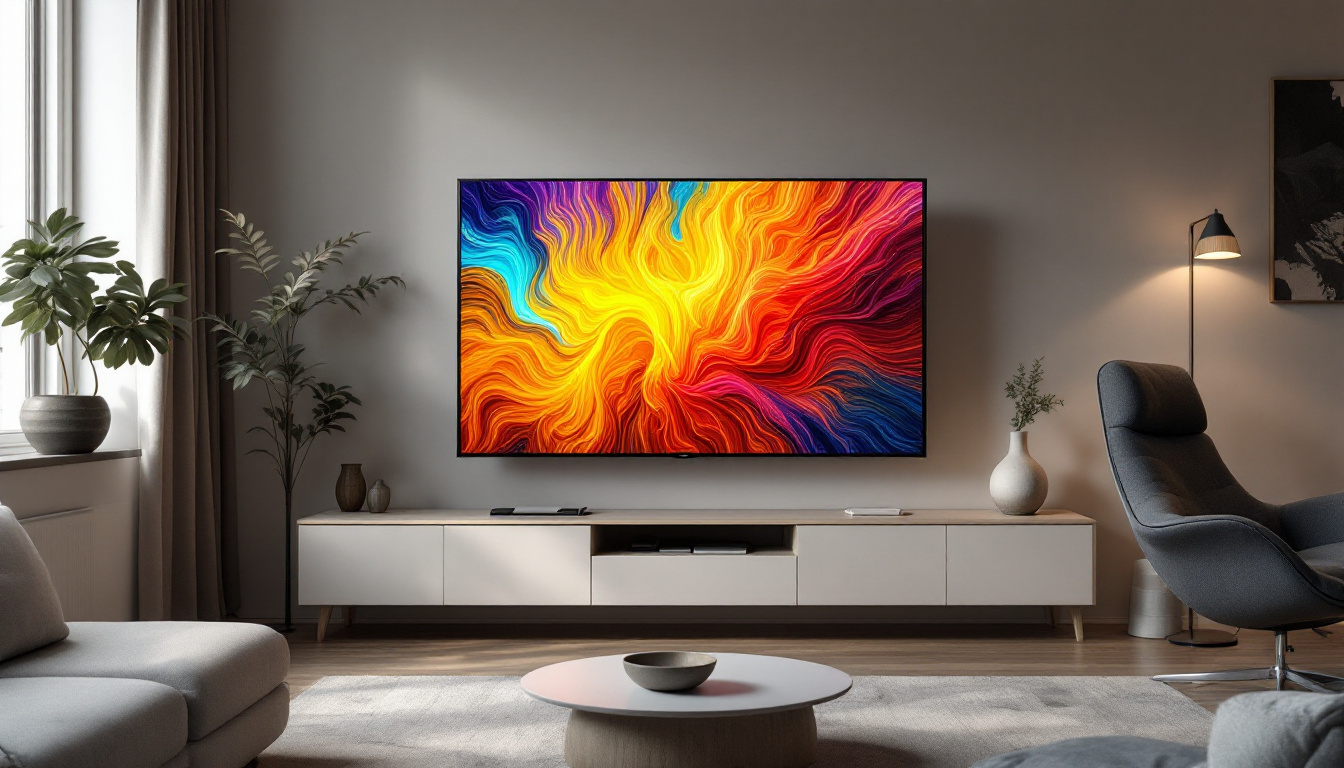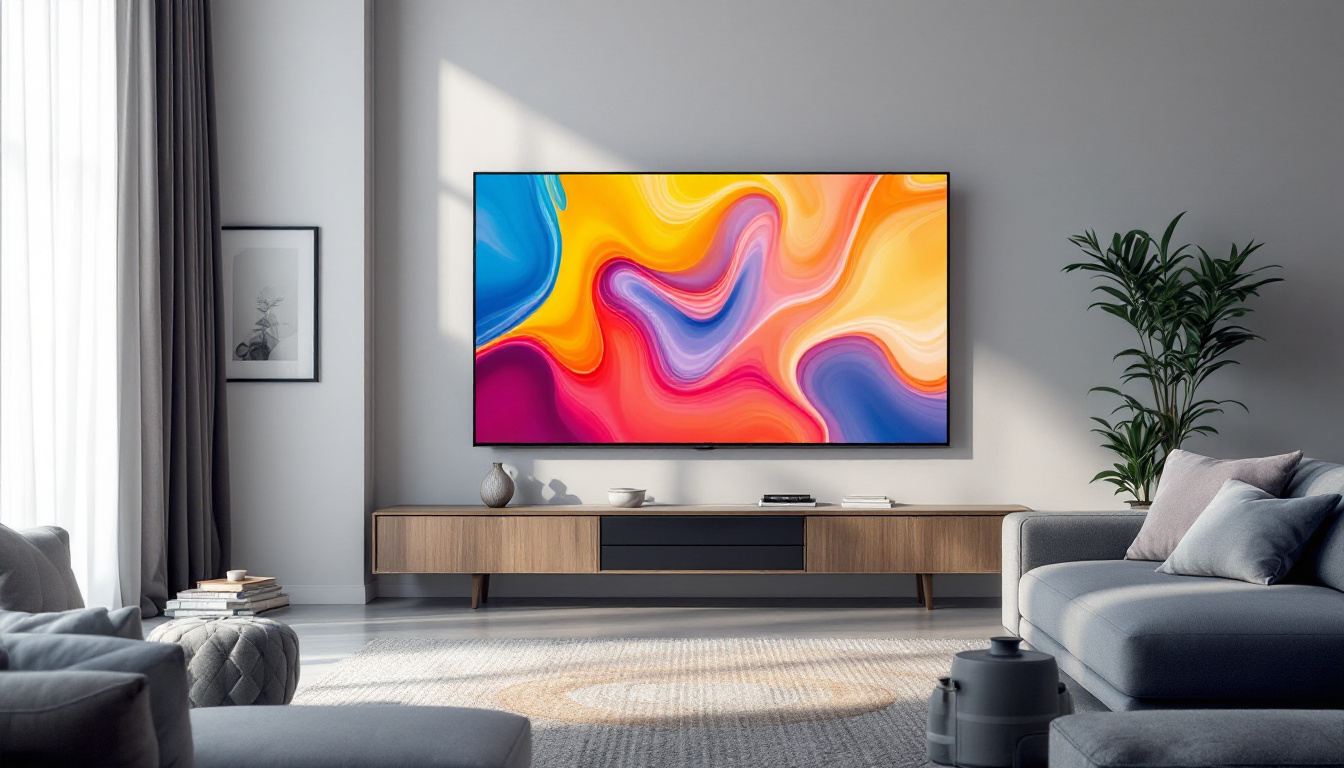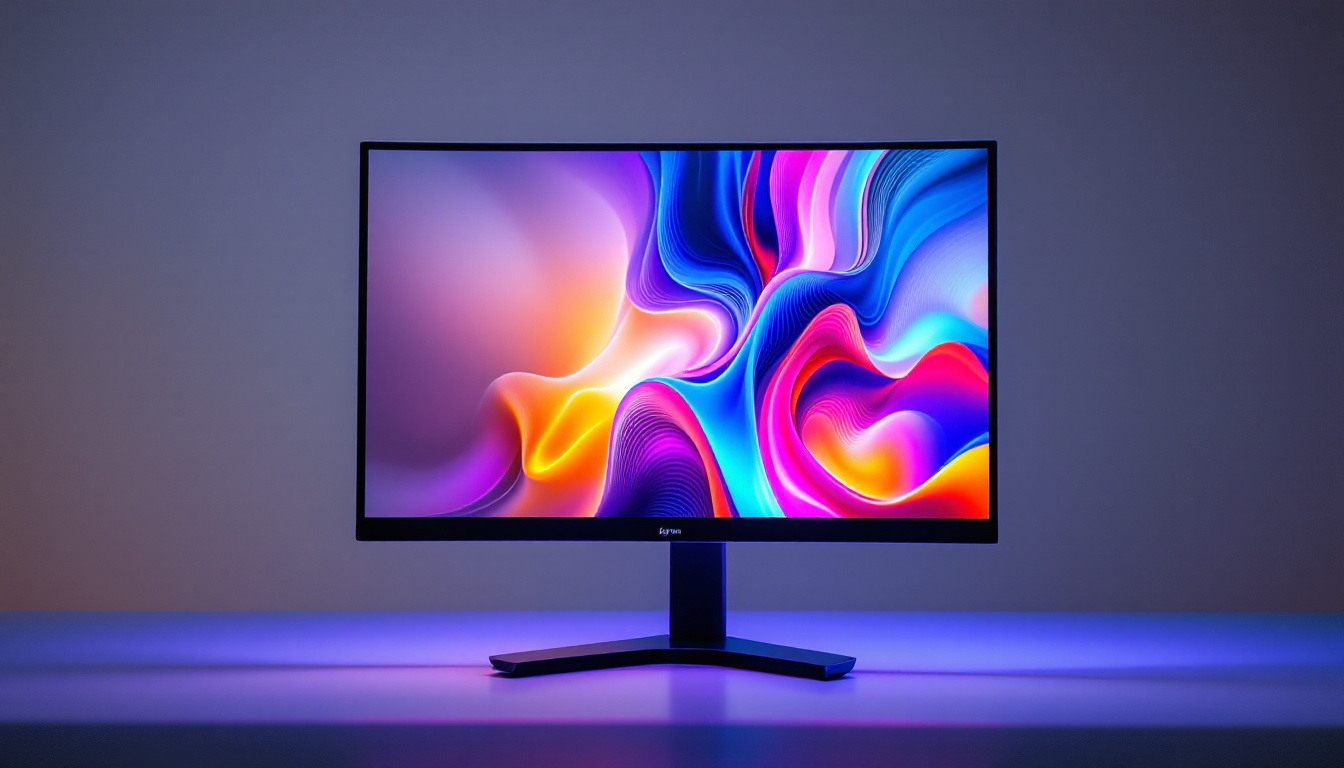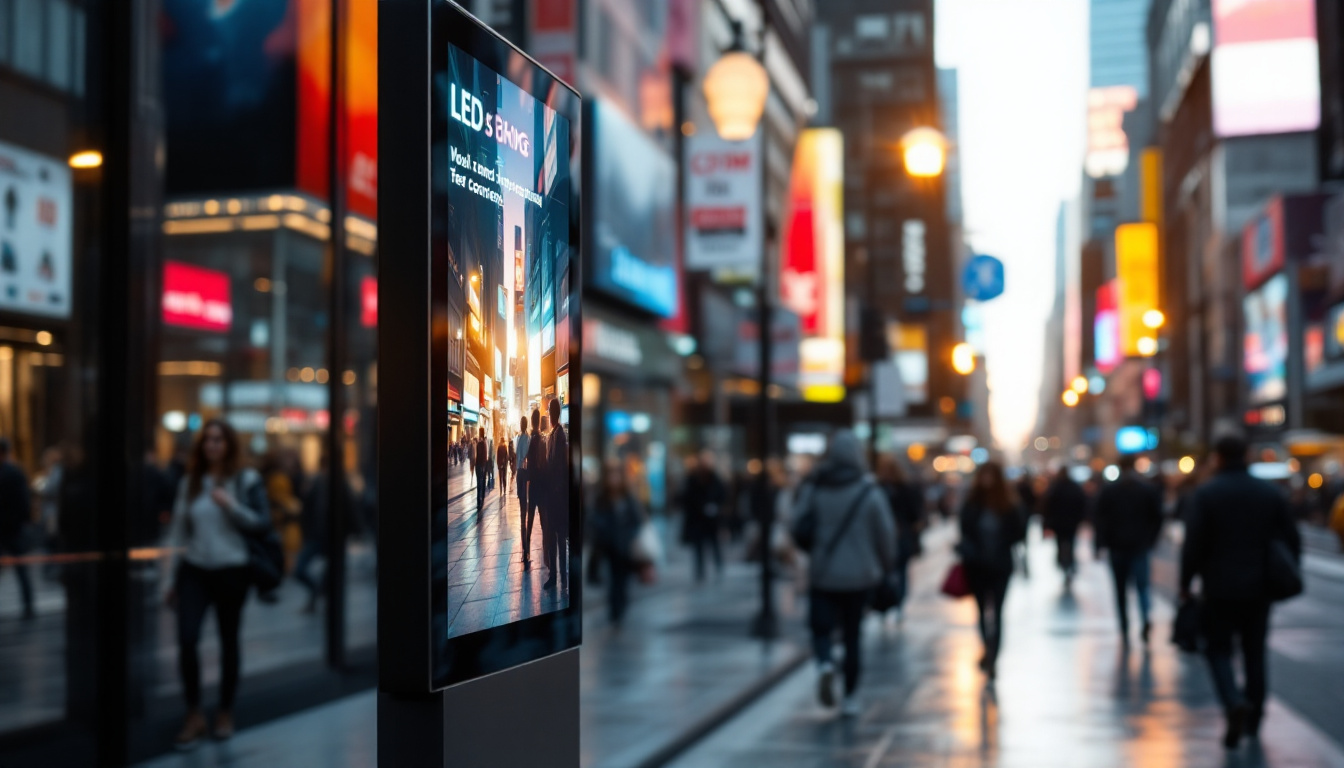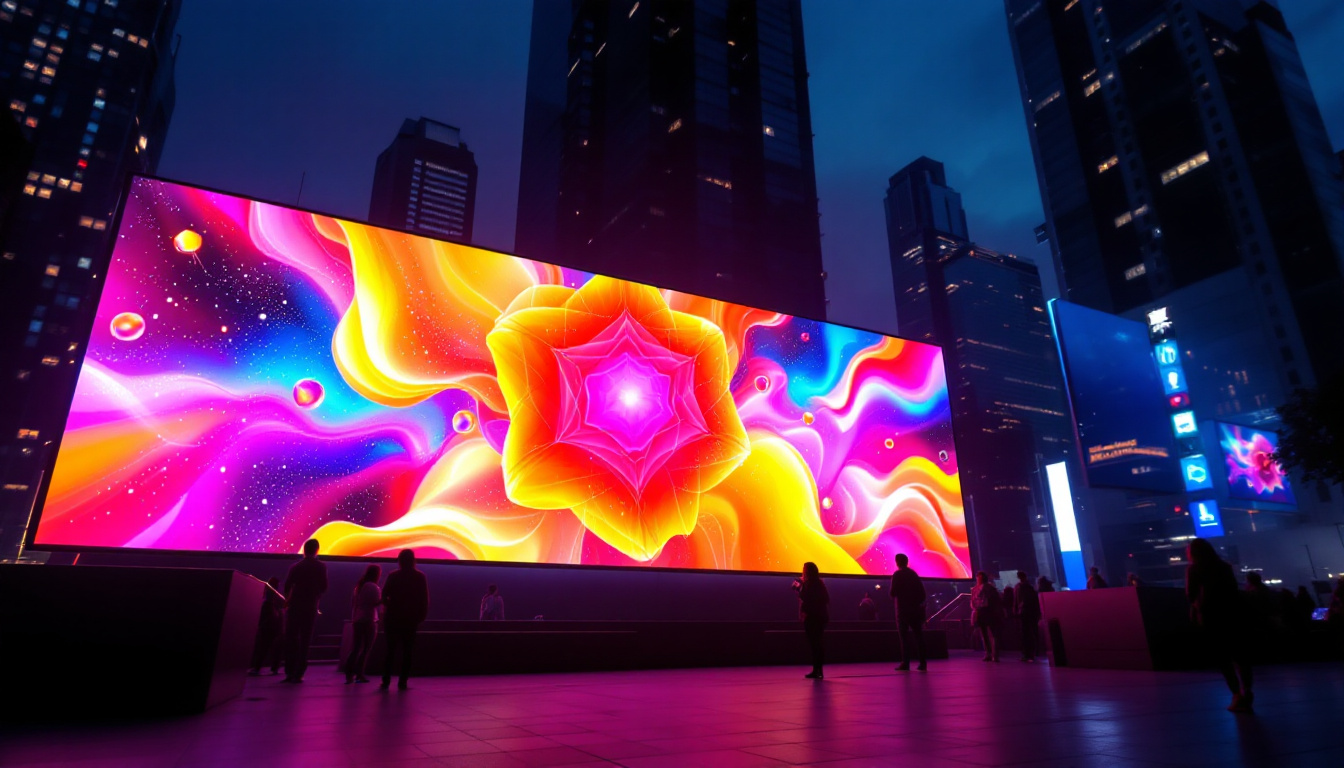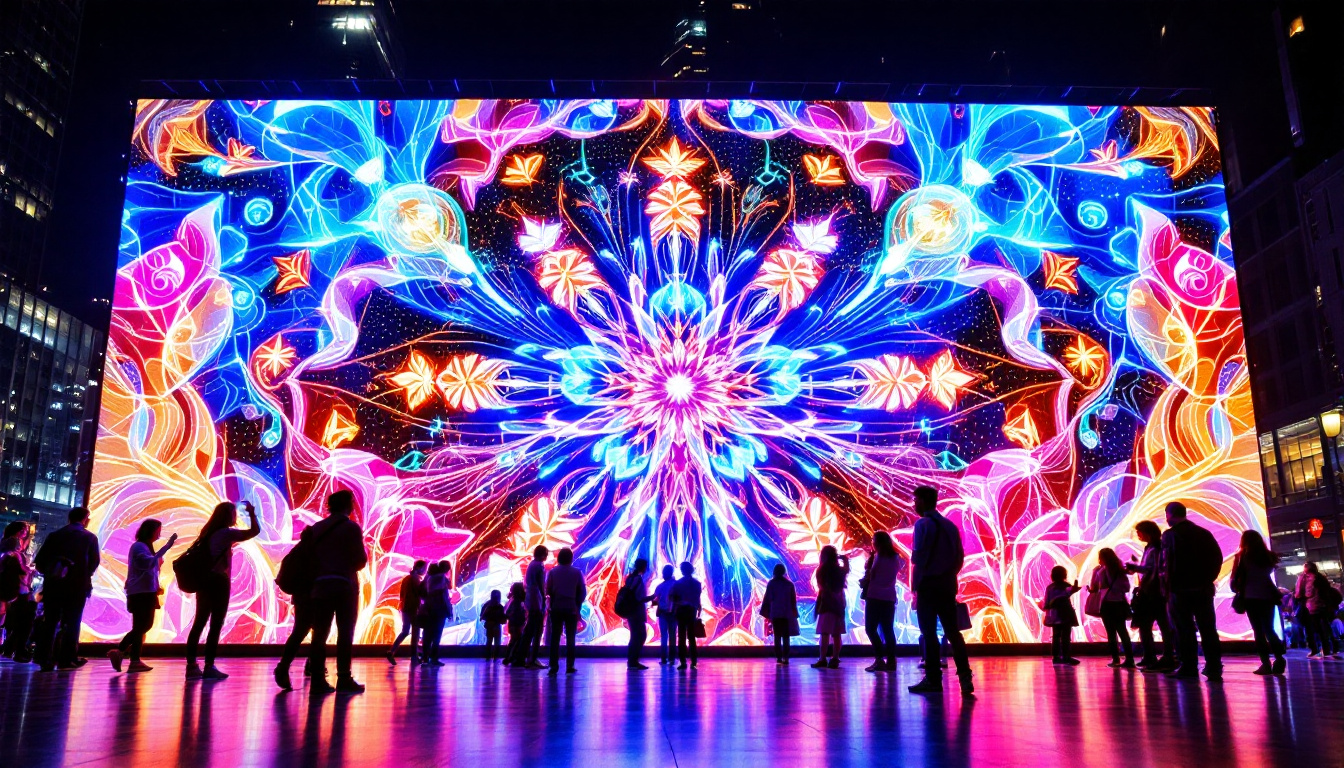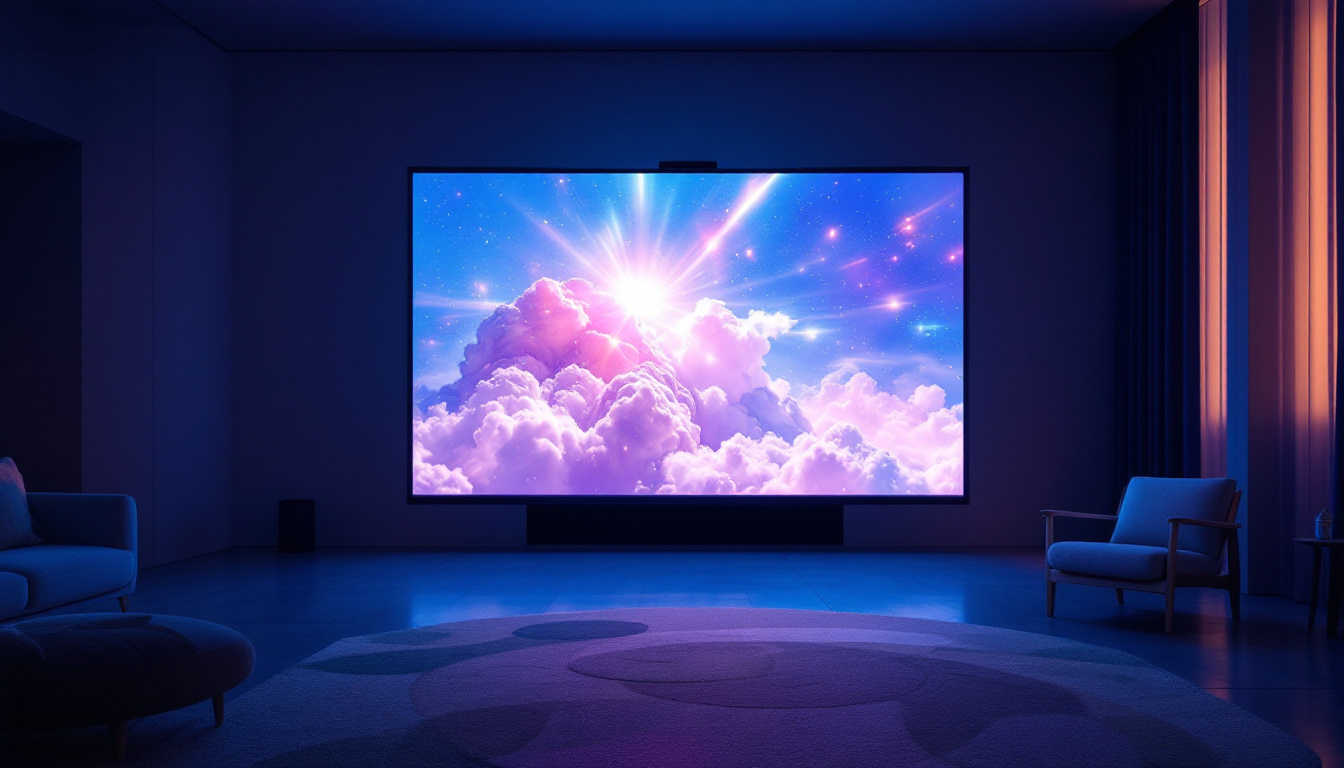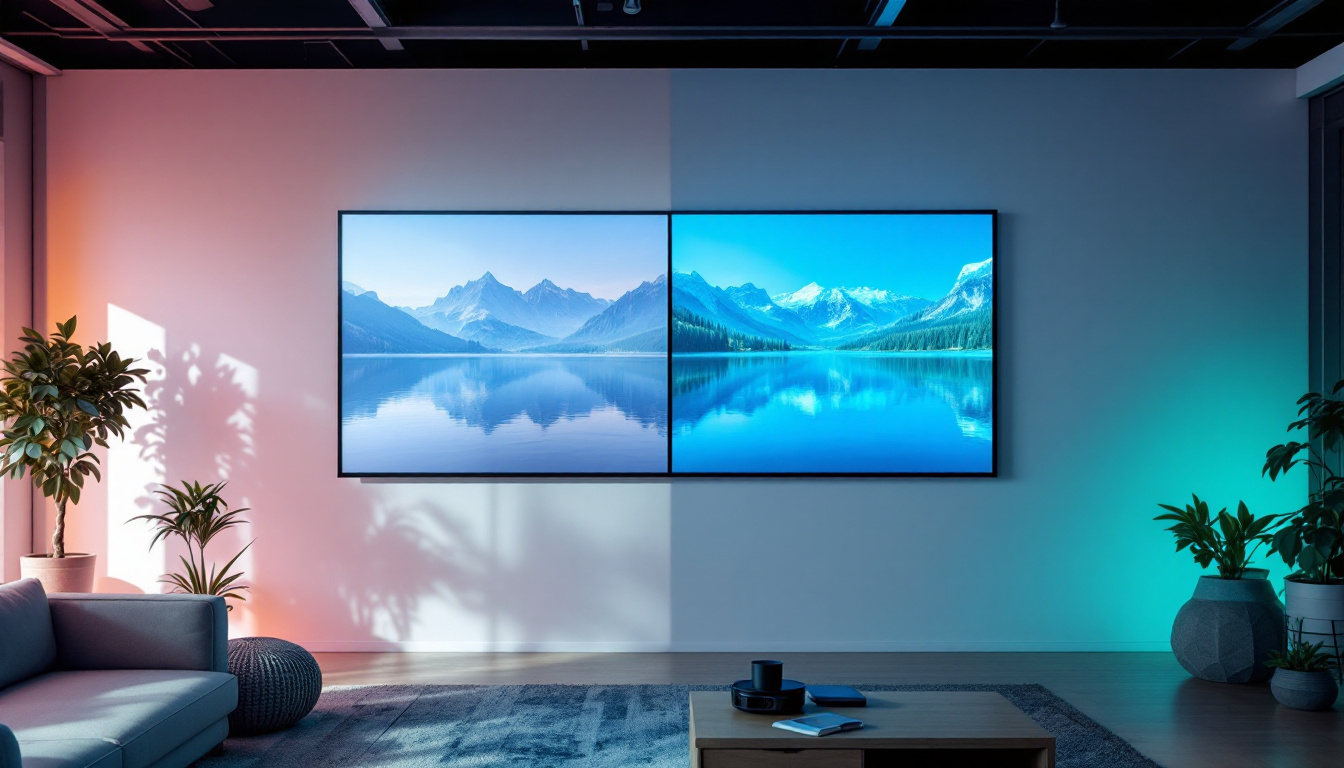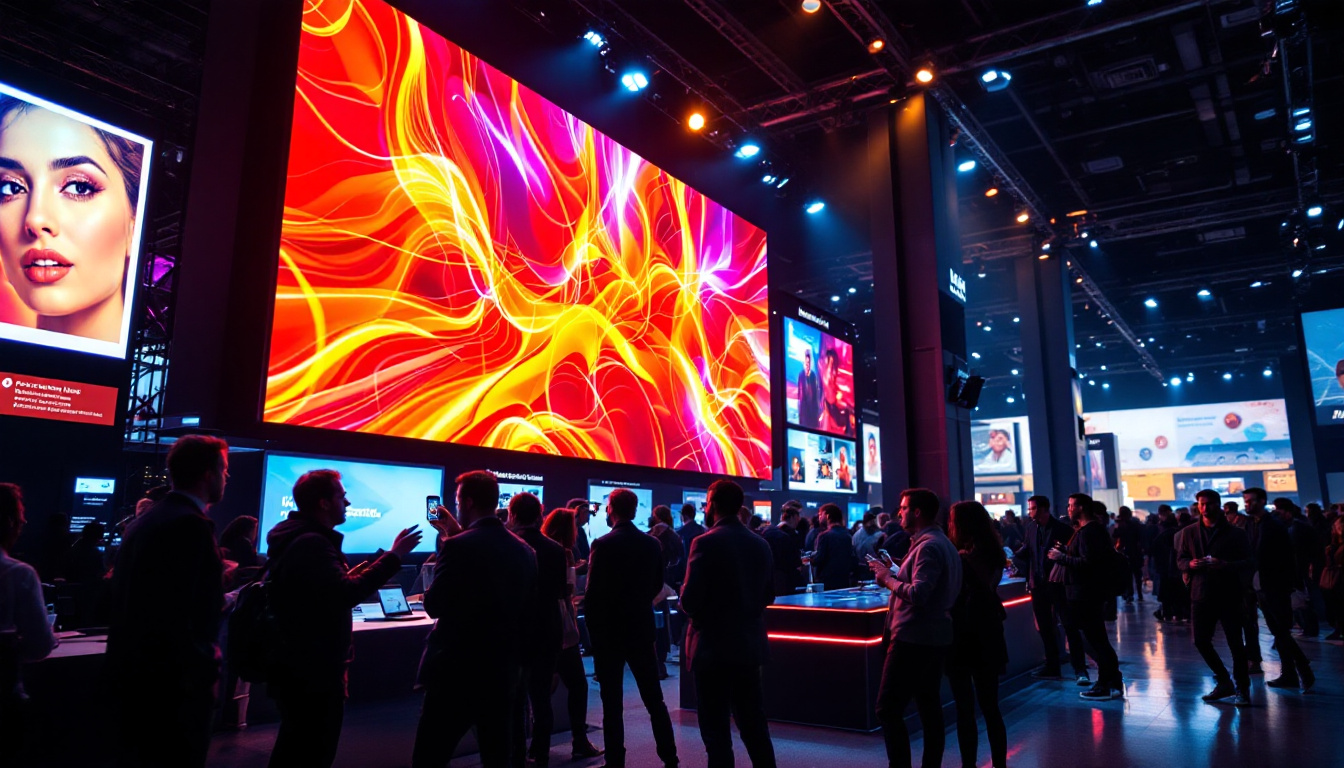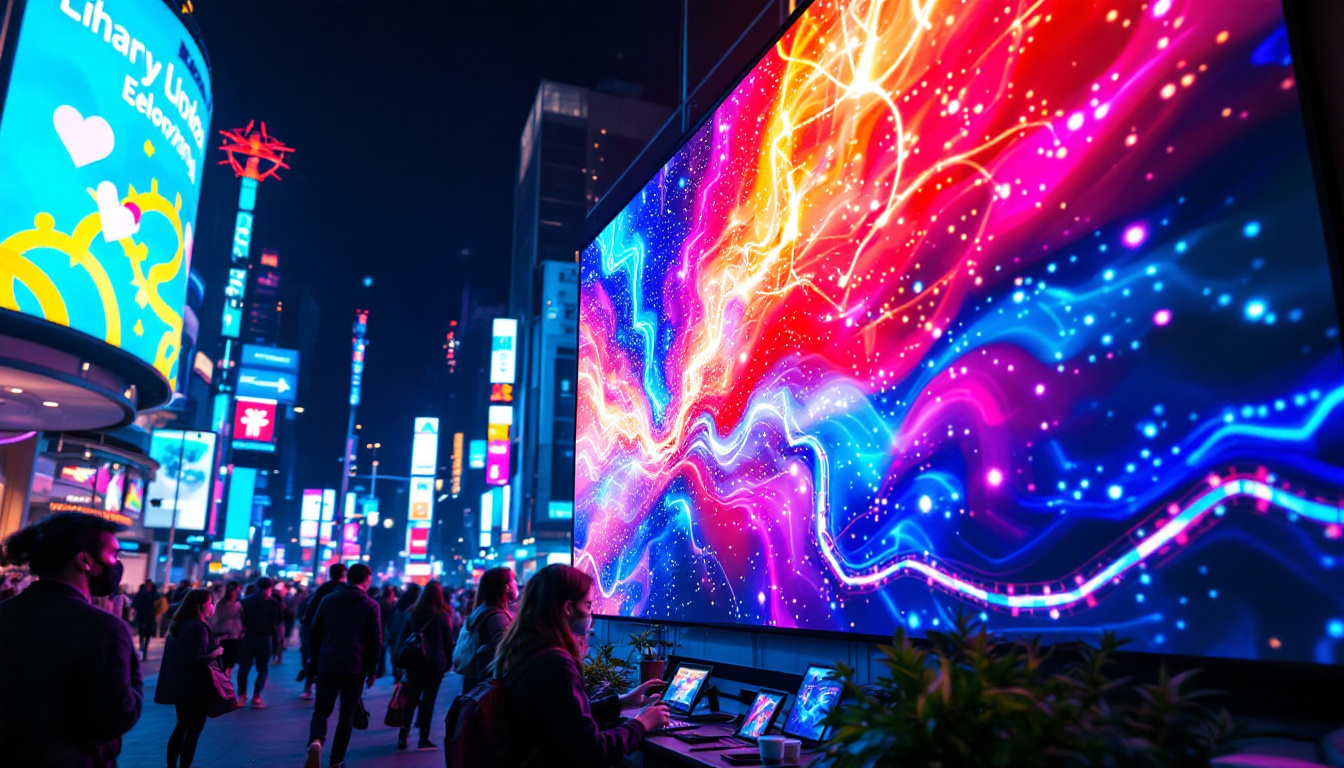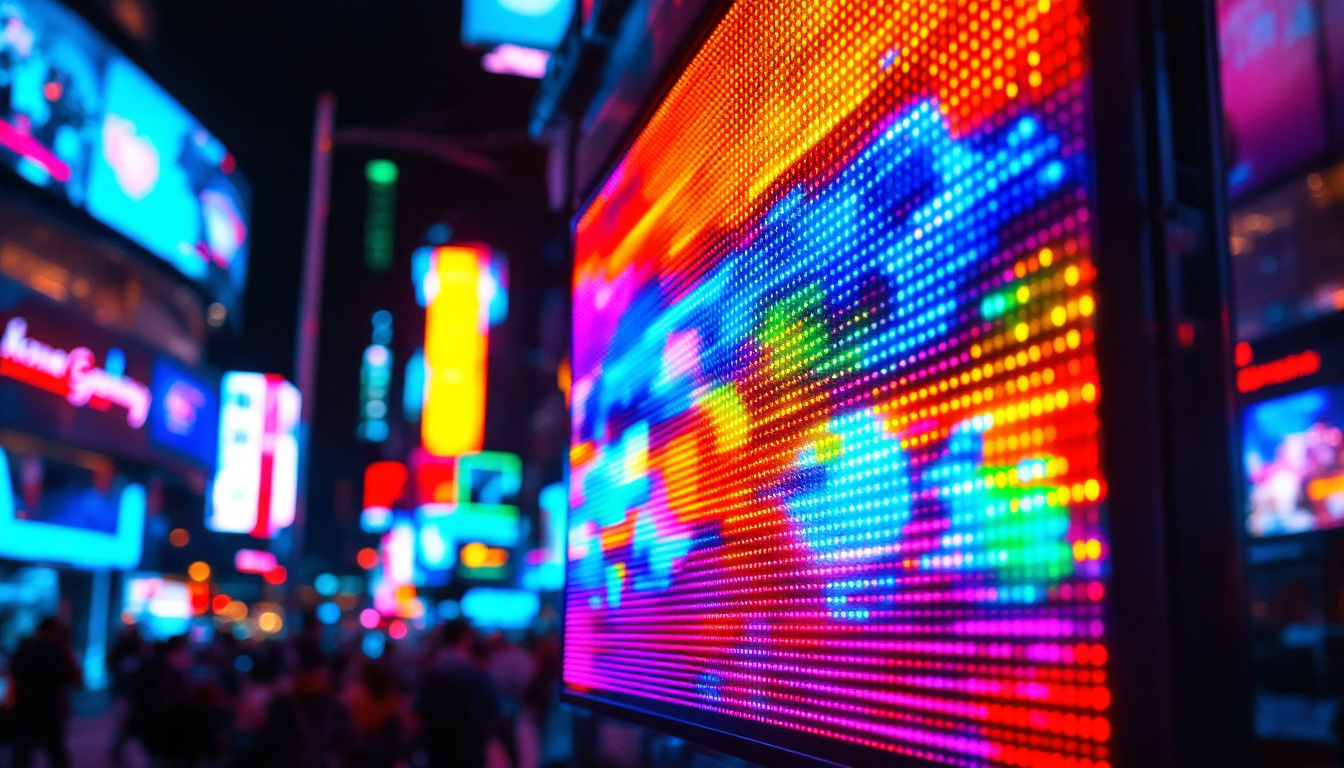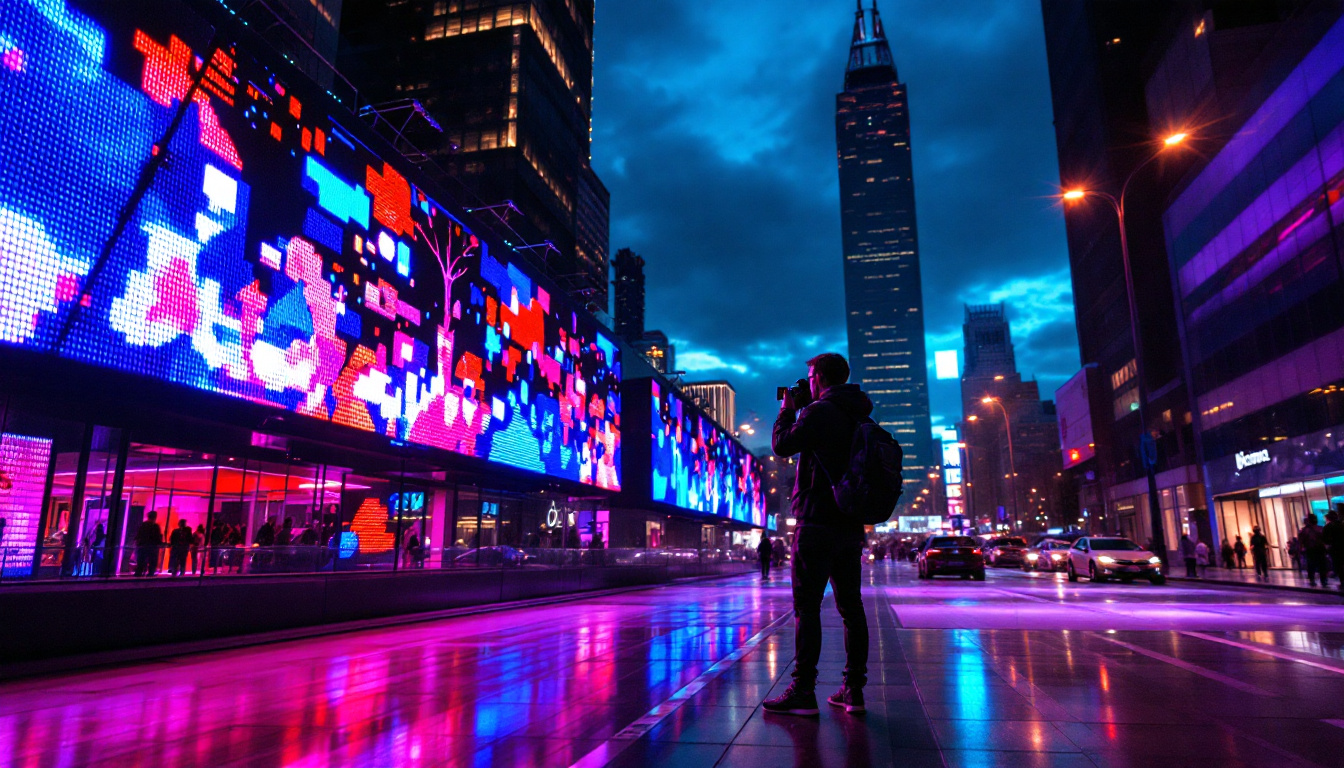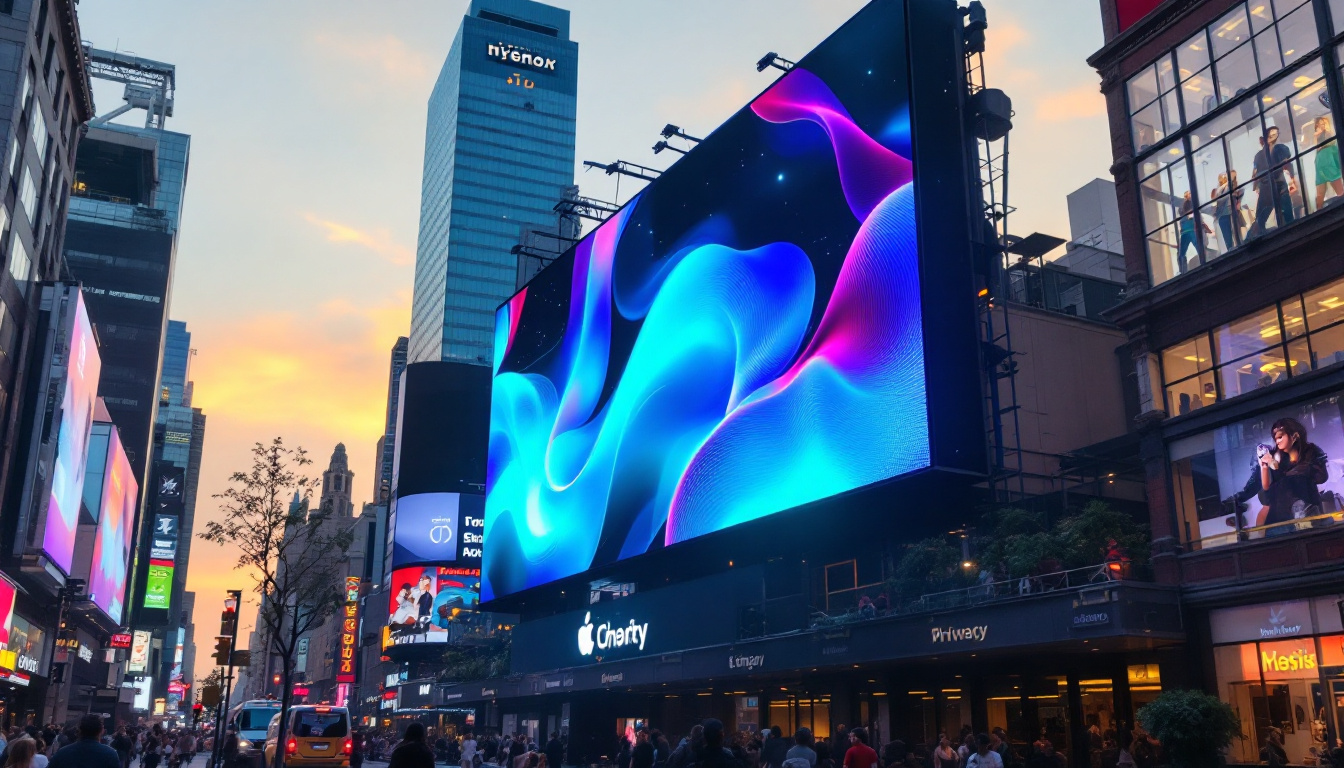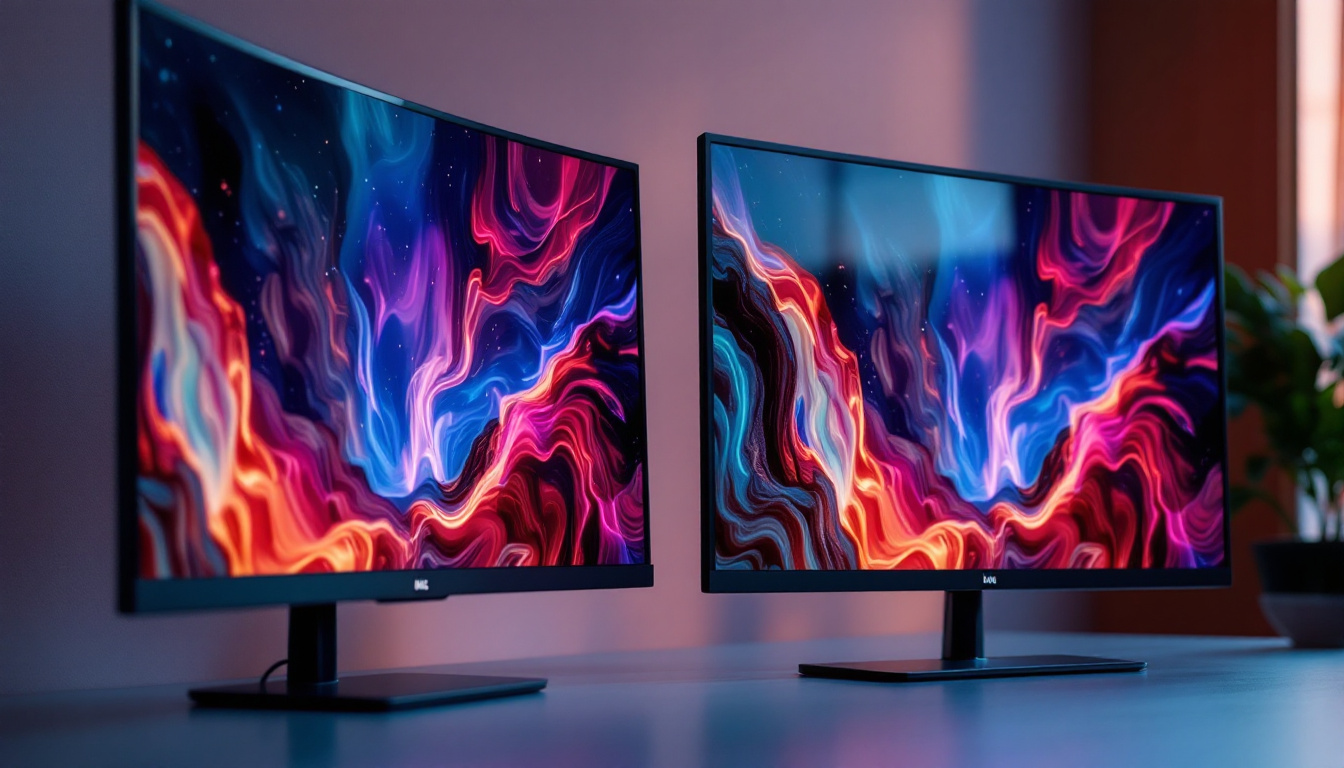In the rapidly evolving world of technology, LED displays have emerged as a cornerstone of visual communication. From advertising to entertainment, these displays are everywhere, captivating audiences with their vibrant colors and dynamic content. However, understanding the pricing of LED displays can be complex, influenced by various factors such as size, resolution, and application. This article aims to demystify LED displays, exploring their features, applications, and the elements that affect their pricing.
What is an LED Display?
LED stands for Light Emitting Diode, a semiconductor device that emits light when an electric current passes through it. LED displays utilize these diodes to create images and videos, offering a range of advantages over traditional display technologies. They are known for their brightness, energy efficiency, and longevity, making them ideal for both indoor and outdoor applications. The versatility of LED displays has led to their widespread adoption in various industries, from advertising to entertainment, and even in artistic installations, where they can create dynamic visual experiences that captivate audiences.
Types of LED Displays
LED displays can be categorized into several types, each designed for specific uses. The most common types include:
- Indoor LED Displays: These displays are designed for use in environments with controlled lighting, such as shopping malls and conference rooms. They typically have a higher pixel density, resulting in sharper images. Their vibrant colors and high resolution make them perfect for presentations, digital signage, and interactive displays that engage viewers.
- Outdoor LED Displays: Built to withstand harsh weather conditions, outdoor displays are brighter and more durable. They are commonly used for billboards and sports arenas. These displays often feature protective coatings and robust housings to ensure that they remain operational in rain, snow, and extreme temperatures, making them a reliable choice for businesses aiming to capture the attention of passersby.
- Transparent LED Displays: These innovative displays allow light to pass through, making them ideal for retail environments where visibility is crucial. They can be integrated into glass windows or partitions, enabling brands to showcase advertisements without obstructing the view of products behind them, thereby enhancing the shopping experience.
How LED Displays Work
LED displays consist of multiple small LEDs arranged in a grid. Each LED can emit different colors, and by controlling the intensity of each diode, the display can produce a wide range of colors and images. The technology behind LED displays has advanced significantly, allowing for higher resolutions and better color accuracy. Modern LED displays often utilize advanced technologies such as pixel mapping and dynamic range adjustment, which enhance the visual quality by ensuring that colors remain vivid and true-to-life, even in varying ambient lighting conditions. Additionally, many LED displays are now equipped with smart features, allowing for remote management and content updates, which streamline operations for businesses and event organizers alike.
Applications of LED Displays
LED displays are utilized across various industries, each benefiting from their unique features. Some of the most common applications include:
Advertising
One of the most prominent uses of LED displays is in advertising. Brands leverage the eye-catching nature of these displays to attract attention in high-traffic areas. Digital billboards can showcase dynamic content, allowing for real-time updates and targeted advertising based on audience demographics. The flexibility of LED technology means that advertisements can be tailored to specific times of day or events, maximizing their impact. For instance, a restaurant might display breakfast specials in the morning and switch to dinner promotions in the evening, ensuring that the content is always relevant to potential customers.
Entertainment and Events
In the entertainment industry, LED displays are essential for concerts, festivals, and sporting events. They provide vibrant visuals that enhance the audience’s experience. Large-scale LED screens are often used to broadcast live performances, ensuring that even those seated far from the stage can enjoy the show. Beyond just visuals, these displays can also integrate with sound systems to create a multi-sensory experience. For example, synchronized light shows can elevate a musical performance, captivating audiences with a combination of sound and light that keeps them engaged throughout the event. Additionally, LED displays are increasingly used in theme parks and attractions, where they can create immersive environments that transport visitors into different worlds.
Corporate and Commercial Use
Many businesses use LED displays for presentations, meetings, and advertising within their premises. These displays can effectively communicate information to employees and customers, making them a valuable tool for corporate communication. In retail settings, LED screens can be employed to showcase product features, promotional offers, or even customer testimonials, enhancing the shopping experience. Furthermore, in corporate environments, LED displays facilitate collaboration by allowing teams to share information seamlessly during meetings. The ability to present data visually through graphs and charts on a large screen can lead to more productive discussions and clearer understanding among team members. As technology advances, the integration of interactive features, such as touch screens or QR code capabilities, is becoming increasingly common, allowing for a more engaging interaction with the content displayed.
Factors Affecting LED Display Prices
The price of LED displays can vary significantly based on several factors. Understanding these elements can help buyers make informed decisions when investing in this technology.
Size and Resolution
Generally, larger displays come with a higher price tag. Additionally, the resolution plays a crucial role in determining cost. Higher resolution displays, which feature more pixels per square inch, provide clearer and sharper images but are typically more expensive. Buyers must consider the intended use of the display to determine the appropriate size and resolution.
Type of LED Technology
Different types of LED technology can also impact pricing. For instance, OLED (Organic Light Emitting Diode) displays tend to be more expensive than traditional LED displays due to their superior color accuracy and contrast ratios. Additionally, the choice between SMD (Surface Mount Device) and DIP (Dual In-line Package) technology can affect costs, with SMD being more common in modern displays.
Installation and Maintenance Costs
Beyond the initial purchase price, installation and maintenance costs should also be considered. Some LED displays require specialized installation, which can add to the overall expense. Furthermore, regular maintenance is necessary to ensure optimal performance, particularly for outdoor displays exposed to the elements.
Understanding LED Display Pricing
LED display pricing can be complex, influenced by various market dynamics and technological advancements. Understanding these factors can help buyers navigate the landscape more effectively.
Market Trends
The demand for LED displays has surged in recent years, driven by advancements in technology and increased adoption across various sectors. As competition among manufacturers intensifies, prices may become more competitive. However, fluctuations in raw material costs can also impact pricing, making it essential for buyers to stay informed about market trends.
Customization Options
Many manufacturers offer customization options for LED displays, allowing buyers to tailor their products to specific needs. Customization can include size, shape, and features, but it often comes at an additional cost. Buyers should weigh the benefits of customization against their budget constraints.
Warranty and Support
When purchasing an LED display, the warranty and support offered by the manufacturer can significantly influence the overall value. A comprehensive warranty can provide peace of mind, especially for businesses relying on these displays for critical operations. Buyers should consider the level of support available, including installation assistance and technical support.
Cost Breakdown of LED Displays
To provide a clearer picture of LED display pricing, it is helpful to break down the costs associated with different components and features.
Base Price
The base price of an LED display typically covers the display itself, including the LED panels and basic functionality. This price can vary significantly based on size and resolution, with larger and higher-resolution displays commanding higher prices. For instance, a standard 55-inch indoor LED display may range from $1,000 to $3,000, while a large outdoor billboard can cost tens of thousands of dollars.
Additional Features
Many LED displays come with additional features that can enhance their functionality. These may include:
- Smart Technology: Displays that integrate with smart technology, allowing for remote management and content updates, often come at a premium.
- High Refresh Rates: Displays designed for fast-moving content, such as sports broadcasts, may have higher refresh rates, impacting the price.
- Weather Resistance: Outdoor displays with enhanced weatherproofing features are typically more expensive due to the materials and technology used.
Installation and Setup Costs
Installation costs can vary based on the complexity of the setup. For example, a simple indoor display may require minimal installation, while a large outdoor display may need specialized equipment and labor. Buyers should factor in these costs when budgeting for an LED display.
Choosing the Right LED Display for Your Needs
Selecting the appropriate LED display involves careful consideration of various factors to ensure it meets specific requirements. Here are some key points to keep in mind:
Assessing Your Needs
Before making a purchase, it is crucial to assess the intended use of the LED display. Consider the environment in which it will be placed, the type of content to be displayed, and the audience it will serve. For instance, a retail store may require a high-resolution indoor display to showcase products, while an outdoor billboard may prioritize brightness and durability.
Budget Considerations
Establishing a budget is essential when selecting an LED display. Prices can vary widely, so it is important to determine how much can be allocated for the purchase, installation, and maintenance. Additionally, consider the long-term costs associated with energy consumption and potential repairs.
Researching Manufacturers
Not all LED displays are created equal, and the manufacturer can significantly impact quality and reliability. Researching reputable manufacturers and reading customer reviews can provide valuable insights into the performance and durability of different displays. It is advisable to choose a manufacturer that offers robust warranties and customer support.
Conclusion
LED displays have revolutionized the way information is communicated, offering vibrant visuals and dynamic content across various applications. Understanding the factors that influence LED display pricing is crucial for making informed purchasing decisions. By considering size, resolution, technology, and installation costs, buyers can navigate the complex landscape of LED displays more effectively.
As technology continues to advance, the future of LED displays looks promising, with innovations that will further enhance their capabilities and applications. Whether for advertising, entertainment, or corporate use, LED displays are set to remain a vital component of visual communication in the years to come.
Explore Cutting-Edge LED Display Solutions with LumenMatrix
Ready to elevate your visual communication strategy with the latest in LED display technology? LumenMatrix is at the forefront of innovation, offering a diverse range of LED display modules tailored to your unique needs. From Indoor and Outdoor LED Walls to specialized solutions like Vehicle, Sports, and Floor LED Displays, our products are designed to captivate and engage your audience. Discover the transformative power of our Custom, All-in-One, and Transparent LED Displays, and see how our commitment to excellence can enhance your brand’s visibility. Check out LumenMatrix LED Display Solutions today and step into the future of dynamic digital signage.

